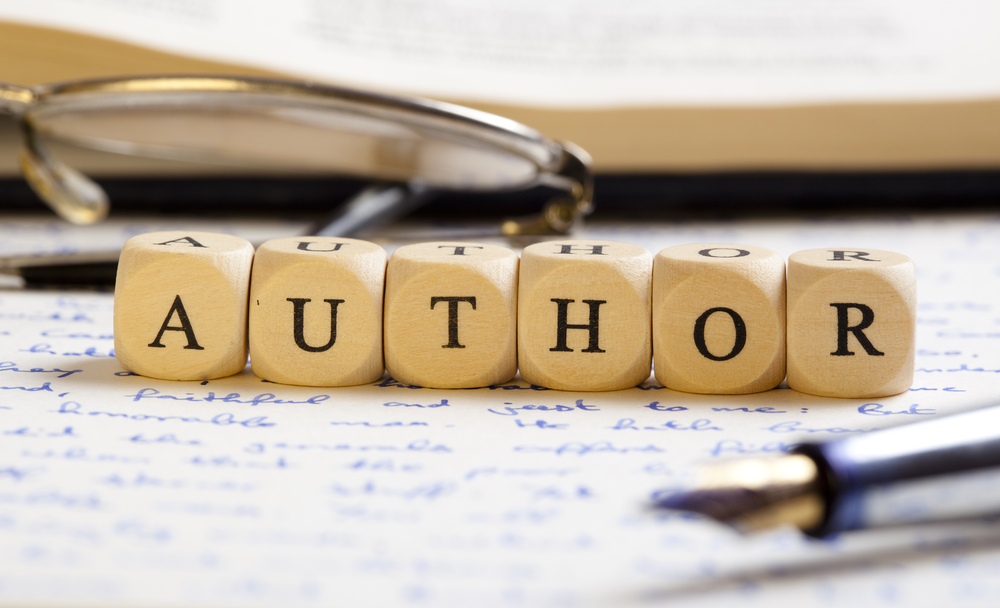Writing a book is one thing: writing a book proposal is another. Many writers, from those making their name to those already established in their genre, struggle with book proposals – specifically, how to write a book proposal for fiction. We’ve written a comprehensive, step-by-step guide, including an example of a book proposal format, and a book proposal template. You’ll learn everything from how to write a chapter outline, to what goes into a winning book proposal cover letter and, ultimately, how to become a published author.
What Is A Book Proposal?
A book proposal is a marketing tool, the purpose of which is to convince a publisher or agent of your book’s quality and economic viability. That may sound rather dry and transactional, but don’t fall into the trap of thinking that a good fiction book proposal doesn’t require just as much creativity and skill as the book itself. Put simply, a book proposal is a document, usually between thirty and sixty pages in length, that typically includes a book proposal cover letter, a book overview, an author biography, a marketing section, one or two sample chapters (usually, though not always, the beginning of your manuscript), and a timeline of your resources and requirements (though this section may be subsumed into or combined with your marketing section). I realise all this may sound overwhelming, but don’t worry: the purpose of this article is to take a deep dive into the purpose of each of these components and demystify the process of how to write a book proposal.
3 Steps Before Writing A Book Proposal
Step 1: Conduct Market Research
The first step before writing a book proposal is to conduct market research, a stage which is often referred to as ‘Research and Development’, or R&D. You can do this by reading widely in your genre and sub-genre. What books are considered cornerstones of your niche? What has been published in your niche in the last twelve months? What’s selling well, and what’s underperforming? Consult Amazon rankings, bestseller lists, and reviews to gain an understanding of what is currently popular in your niche and why (that’s where studying the reviews comes in). Pay attention also to the marketing strategies of your contemporaries – how are their blurbs written? Where do they advertise their work? With whom do they publish? ‘Bookstagrammers’, Reddit pages, Twitter, and ‘Book Tok’ are endless sources of information!
Step 2: Build Your Author Platform
This step can make some writers balk or cringe a little. “If my writing is good enough,” they say, “shouldn’t it speak for itself?” Well, yes, and no. It’s true that an exceptionally written, compelling, and original manuscript will sell, even if you have no platform to speak of; however, if an agent or publisher is on the fence about your book, the lack of a platform could be the factor that tips the scales towards a kindly worded rejection. Your author platform can include your interpersonal network of friends, family, and colleagues; it can also include your social media presence, your reputation as a freelancer, your podcast, your YouTube channel, or any connections you have in the publishing industry. Essentially, an agent or publisher will be more compelled to work with you if they know that there is an audience ready and waiting for your book.
Step 3: Identify Your Hook
Think of your hook as the ‘elevator pitch’ for your book – the one you would give if you only had ten to thirty seconds to sell a publisher on your idea. In a single sentence, can you summarise the premise, the key conflict, and some intriguing attributes about your protagonist/s? A common mistake a lot of writers make is not making their hook short and snappy.
Here’s an example of a hook that runs a bit long, and works better as a blurb, for a Thriller with a Romantic element.
When hardened but traumatised Ex-Marine Derek Strang is contacted by Alexis Cournoir, the dangerously intelligent and manipulative woman who destroyed his career – and broke his heart – the last thing he expects is a plea for a favour.
Alexis claims her daughter has disappeared under mysterious circumstances. The only person she trusts to track down and safely return the child she loves…is the man she most hates.
Swept out of retirement and into national intrigue against his will, can Derek trust his old rival – or is all this simply a part of a larger game she’s playing?
And here’s the snappier, shorter version.
A hardened but traumatised ex-Marine is dragged out of retirement, and into a case of international intrigue, when the daughter of his manipulative but intoxicating rival and ex-lover goes missing.
This communicates the same information without the faff and redundancies.
What Goes Into A Book Proposal?
Overview
This is the summary of your book, usually in the form of a chapter-by-chapter outline. You should be sure to describe the ‘hook’ that grabs the reader at the beginning of each chapter, the main conflict of each chapter (and how it advances the plot and character development), and the prompt at the end that keeps the reader turning the pages – for example, does the character discover a piece of new, vital information? Are they suddenly betrayed by a trusted ally? Does a key relationship change drastically, for better or worse?
Target Audience
This section of your book proposal demonstrates that you’ve done your research and have written with a specific demographic in mind. This can be a delicate line to walk: you don’t want your target audience to be too narrow – i.e, “My book is for single women aged 22 to 23, who live in New York and work in HR” – but neither do you want your target audience to be too vague, i.e., “My book is for women aged 5 – 105.” Too narrow an audience isn’t financially viable, and too vague an audience implies that your book doesn’t have anything specific and unique to offer any given market.
About the Author
Your time to shine! Your about the author section should demonstrate your personality, background, and relevant experience without being either too informal or too dry. For example,
Susie Pseudonym is a personal trainer and mother currently residing in Lexington, Kentucky. Driven by her childhood love of Military Thrillers, she spent fourteen years in active service, and has drawn on that experience and expertise in her writing ever since. She has published several short stories in Military Fiction Magazine, and is excited to be querying her first full length novel. Susie has three dogs, a weakness for classical music, and a love of loose-leaf mint tea.
Marketing Plan
Your marketing plan is another chance to show off the information you gathered at the crucial R&D stage. Let your publishers know through which people, channels, and networks you plan to spread the news about your book, and what you bring to the table. If your book appeals to a special interest group, are you a part of that community? Do you have a flexible job that allows you to travel for readings and book tours, or a supportive family who could handle childcare while you did so? How can you be instrumental in ensuring the success of your book?
Competitive Titles
Demonstrate your knowledge of your genre and the publishing industry by noting how your book compares with other big titles in the field. How is it similar? What unique perspective can it offer that those titles can’t? This is where you can break out your statistics, too – “My research has shown that Military Thrillers with a Romantic element have experienced a 17% increase in sales in the past year.”
Sample Chapter(s)
Of course, one of the most essential parts of your book proposal are your sample chapters themselves. These should feature your very best writing, edited, polished, and presented clearly and professionally (no whacky fonts or strange formatting!).
Next Steps:
- Find the right publisher!
- Try to connect with someone who works there.
- Consider getting an agent to represent you and your interests.
- Crowdfunding: use resources like Kickstarter or good old word of mouth to raise money and interest.
- Publishing Services: if you’re still having trouble selling your book, consider using publishing services (like KDP) to self-publish, or, alternatively…
Harry Wallett is the Founder and Managing Director of Relay Publishing. Combining his entrepreneurial background with a love of great stories, Harry founded Relay in 2013 as a fresh way to create books and for writers to earn a living from their work. Since then, Relay has sold 3+ million copies and worked with 100s of writers on bestselling titles such as Defending Innocence, The Alveria Dragon Akademy Series and Rancher’s Family Christmas.
Harry oversees the creative direction of the company, and works to develop a supportive collaborative environment for the Relay team to thrive within in order to fulfill our mission to create unputdownable books.
Don’t enjoy writing book proposals? Try this instead!
If writing book proposals just isn’t your thing, that’s okay! Relay Publishing has plenty of ghostwriting job opportunities available that will allow you to get paid to write fiction from the comfort of your own home, all while honing your skills and building connections in the publishing industry! This is perfect if you have a great writing voice and words flow from you easily, but you don’t enjoy plotting and outlining (these are provided for you!). They even offer a $200 finder’s fee for anybody who refers a suitable writer – no writing or proposals required! Why not reach out and find yourself a book-writing, blurb-writing, outline-writing, or editorial role today?



